Rights Breached, Responsibilities Neglected: How the My Lai Massacre Exposed the Ethical Issues of the Vietnam War
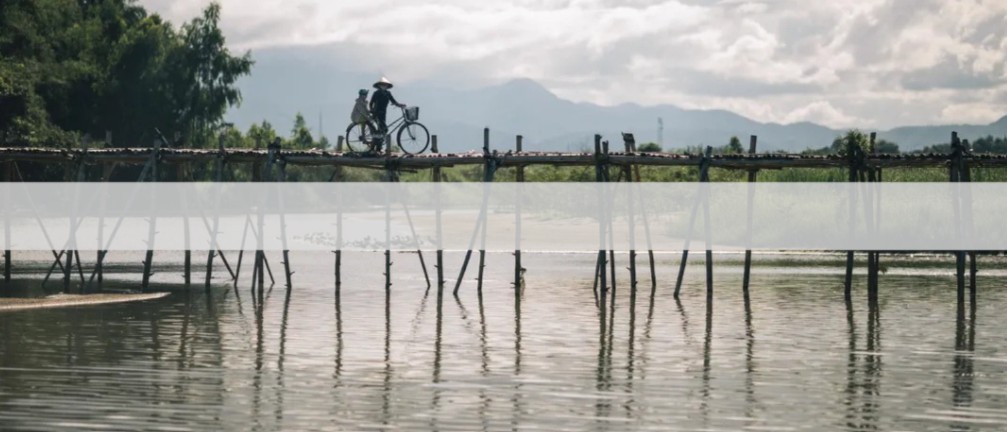
“A footbridge near the massacre site. The surrounding province, Quang Ngai, was seen as a Viet Cong stronghold during the war.” Aaron Joel Santos
Reflections
Broader Perspective
The My Lai Massacre was a direct consequence of the American military’s emphasis on body count, which encouraged unnecessary violence.
"Four Hours in MY LAI, Anatomy of a Massacre" Youtube / Yorkshire Television
"They had only this one metric really to go by — body count, and they really never rethought how to fight the war. So when they weren't able to achieve victory through attrition — through the body count, basically — the only recourse was to increase the firepower, and this was just turned loose on the Vietnamese countryside."
-Nick Turse, author of “Kill Anything that Moves, about the Vietnam War”
“Even those who supported the war in Vietnam were troubled by the reliance on body counts in assessing progress; it was clear that many of those claimed to be enemy soldiers killed in combat were civilians who may have been in the wrong place at the wrong time, or just were there, living where their ancestors had lived for generations.”
-Seymour Hersh, in his memoir, “Looking for Calley, How a young journalist untangled the riddle of My Lai"
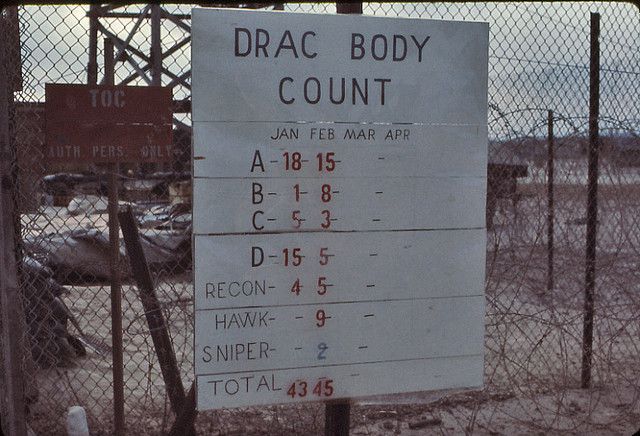
“A tally board outside of a Tactical Operations Center recording the monthly body count, South Vietnam." Wikimedia Commons
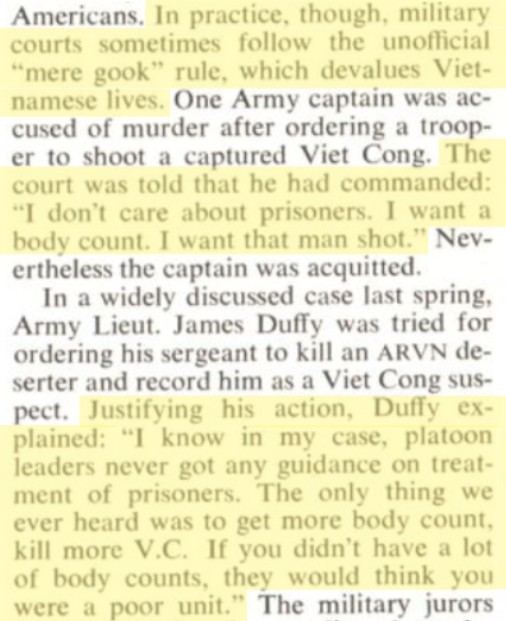
TIME Magazine, April 12, 1971, Vol. 97, No. 15, Pg 18
In turn, Vietnamese civilians were seen as sub-human. This fostered an environment where brutality was not only accepted, but encouraged.
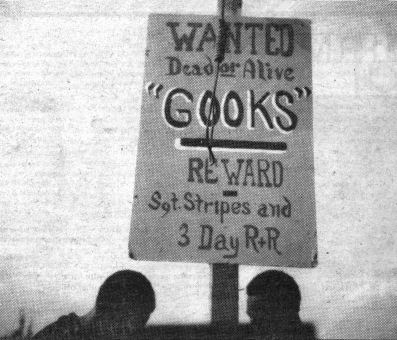
"A photo sent to the Fifth Estate in 1970 by a GI reader illustrates the mentality that allowed racist massacres to occur." Fifth Estate
Why did it happen? "I think that probably the officers did not really know if they were ordered to kill the villagers or not...a lot of guys feel that they (the South Vietnamese civilians) aren't human beings... we just treated them like animals."
-Michael Terry, soldier of Charlie Company
The massacre’s cover-up only revealed further failures within military leadership. It was an extreme reflection of the characteristics that defined many American operations in Vietnam.
"My Lai was a horrific outcome of failed leadership. A leader would have taken immediate disciplinary action against any soldier or officer who violated the universal law for protection of noncombatants. Had there been a single strong leader in the chain of command from General Koster to Lieutenant Calley, the massacre might have been stopped in its initial phase, saving dozens of old men, women and children from death."
-Ben G. Crosby, former operations officer for 2nd Battalion, 35th Infantry in Vietnam, Vietnam Magazine, April 2009
“In his findings, General Peers puts his finger on many faults of the system. C Company of Task Force Barker lacked combat experience, and the forces in Vietnam were handicapped by ‘personnel turbulence’ in the form of continual turnover and change of personnel. There were organizational problems, lack of leadership and a ‘dangerously permissive attitude toward the handling and safeguarding of Vietnamese.’”
-The New York Times, 1971
“Sometimes I thought it was just my platoon, my company, that was committing atrocious acts, and what bad luck it was to get in it. But what we were doing was being done all over.”
-Terry Reid, former soldier of Bravo Company (another company within Task Force Barker)
Impact
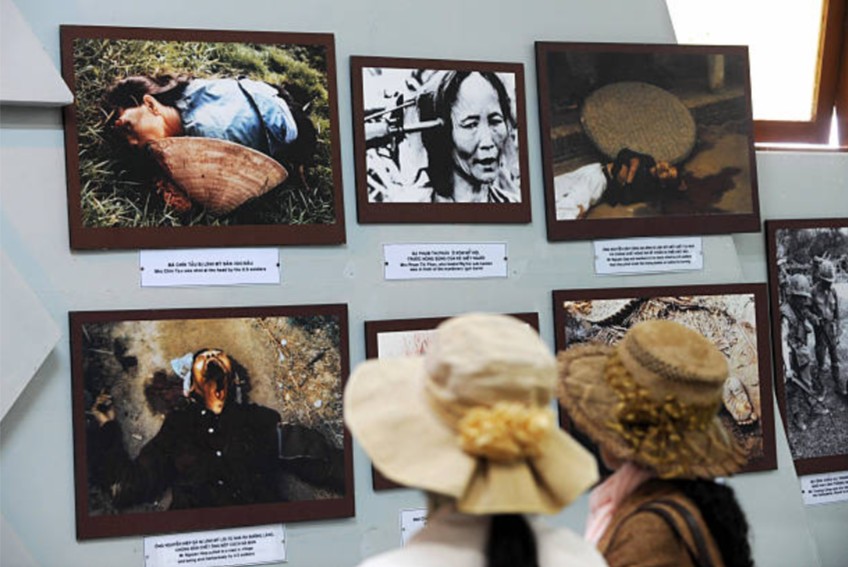
"Two young women look at photographs showing massacre scenes as they tour the My Lai massacre museum at My Lai village in the central province of Quang Ngai on March 7, 2008." Hoang Dinh Nam / AFP via Getty Images
"The longtime director [of the My Lai Memorial Museum] Mr. Cong, 67, the only survivor in his family after an American soldier threw a grenade where they were hiding, said the museum existed to remind people what happened and to cherish and protect peace. He said he had been touched by what he had witnessed over the years, especially when a few remorseful American soldiers returned and spent hours on their knees, repenting."
-Damien Cave, The New York Times, 2024
The My Lai Massacre stands as a harrowing reminder of the devastating consequences of neglected military responsibility and disrespect for human rights. However, it also reminds us of the strength of survivors and the courage of those who refused to keep silent.
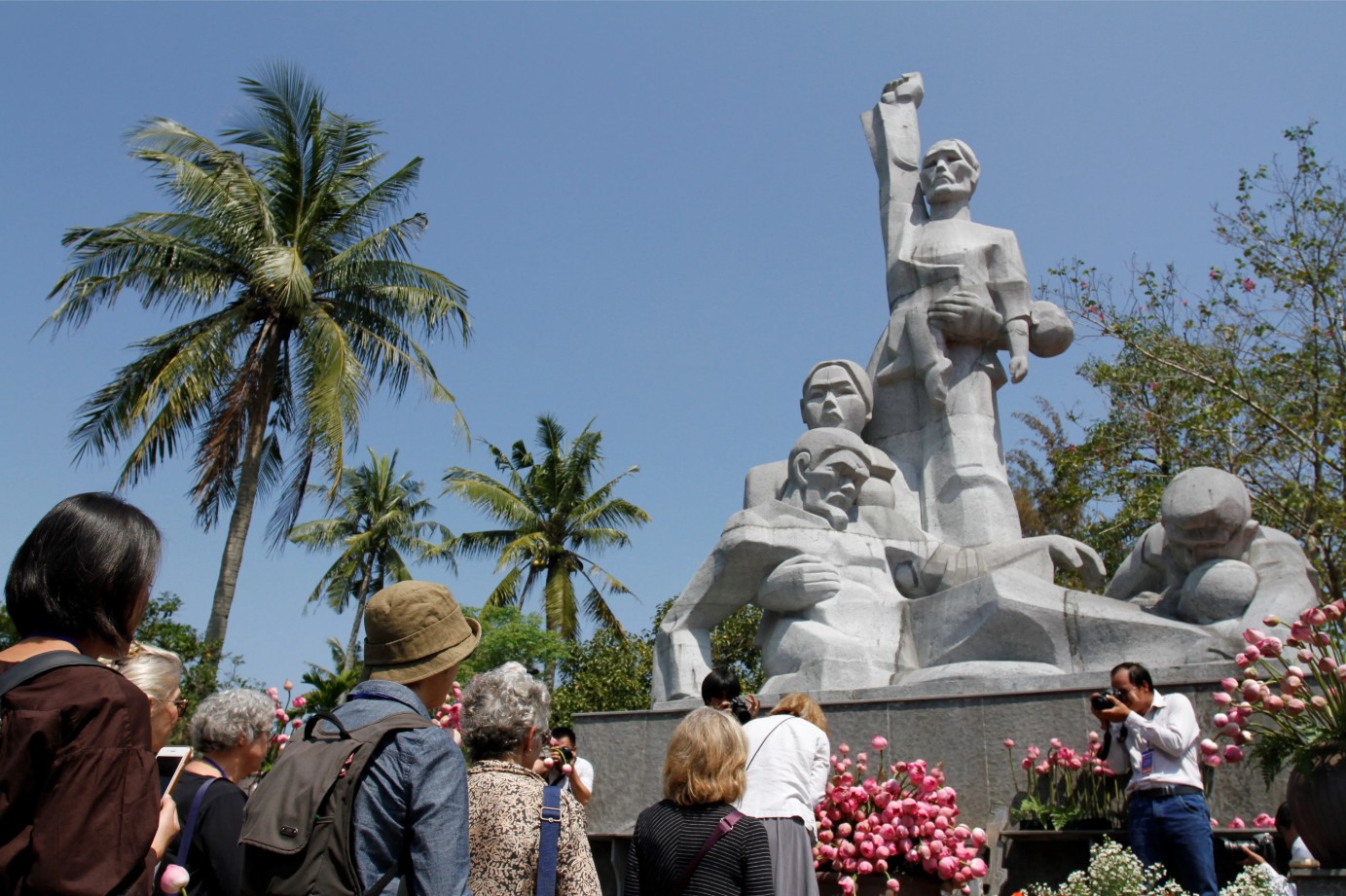
“Visitors offer flowers at a war memorial dedicated to the victims of the My Lai massacre in the village of Son.” AFP / Getty Images
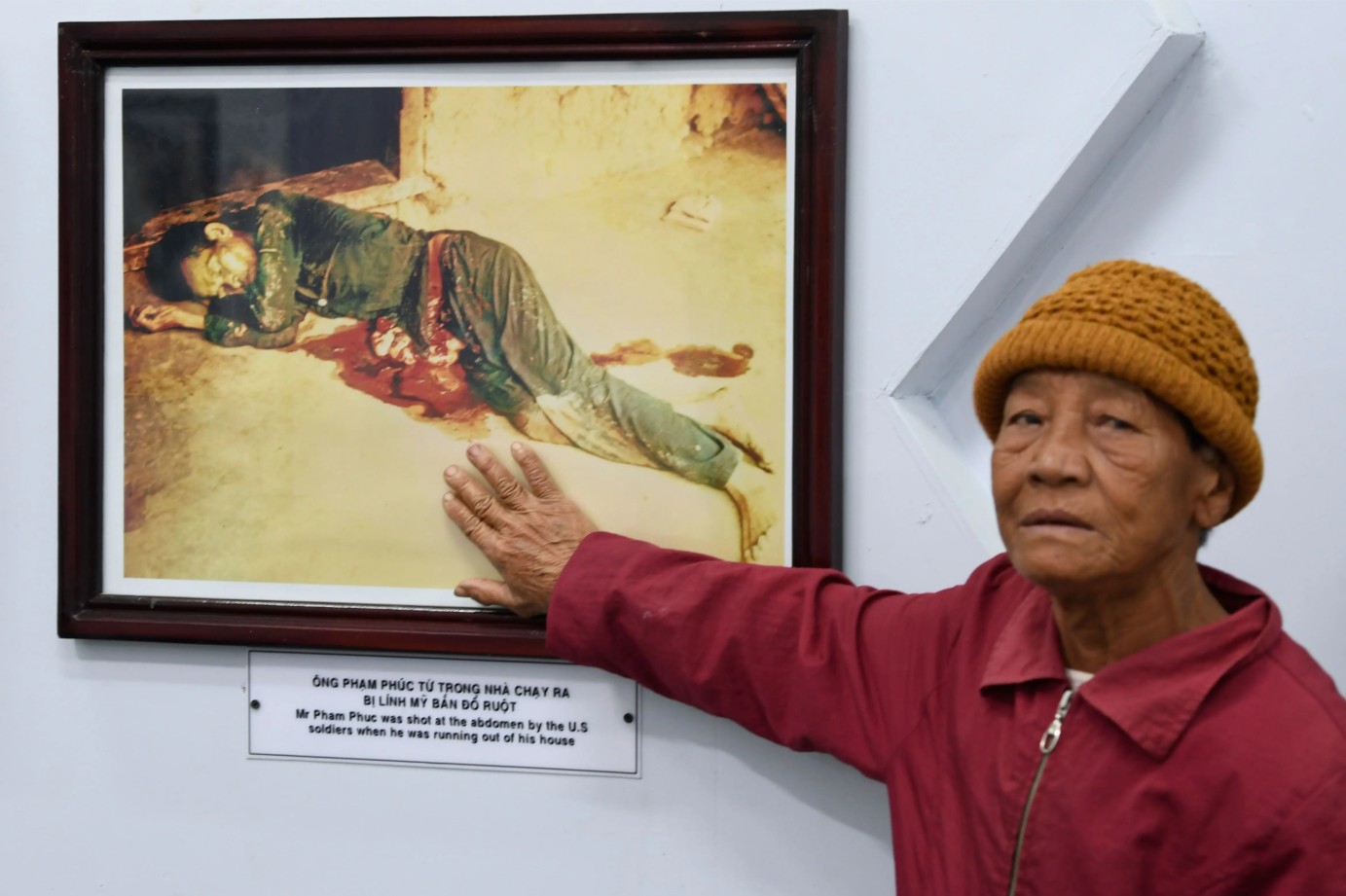
“Truong Thi Tri, 76, visits the memorial museum for victims of the My Lai massacre in Son My village in Quang Ngai province on March 15, 2018.” AFP / Getty Images
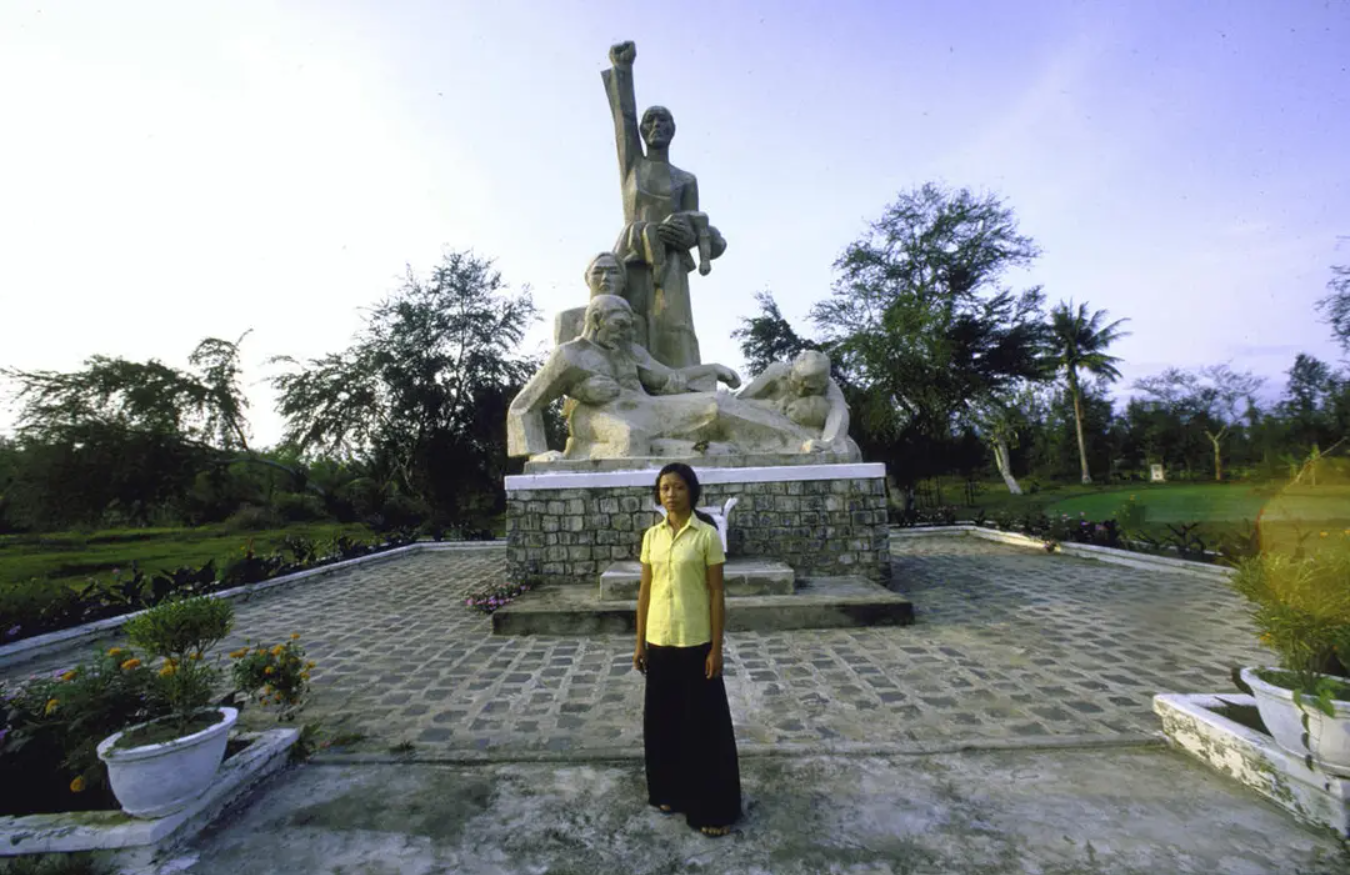
“Pham Thi Trinh, one of the few survivors of My Lai Massacre, standing in front of monument honoring victims.” Dirck Halstead / The LIFE Images Collection / Getty Images
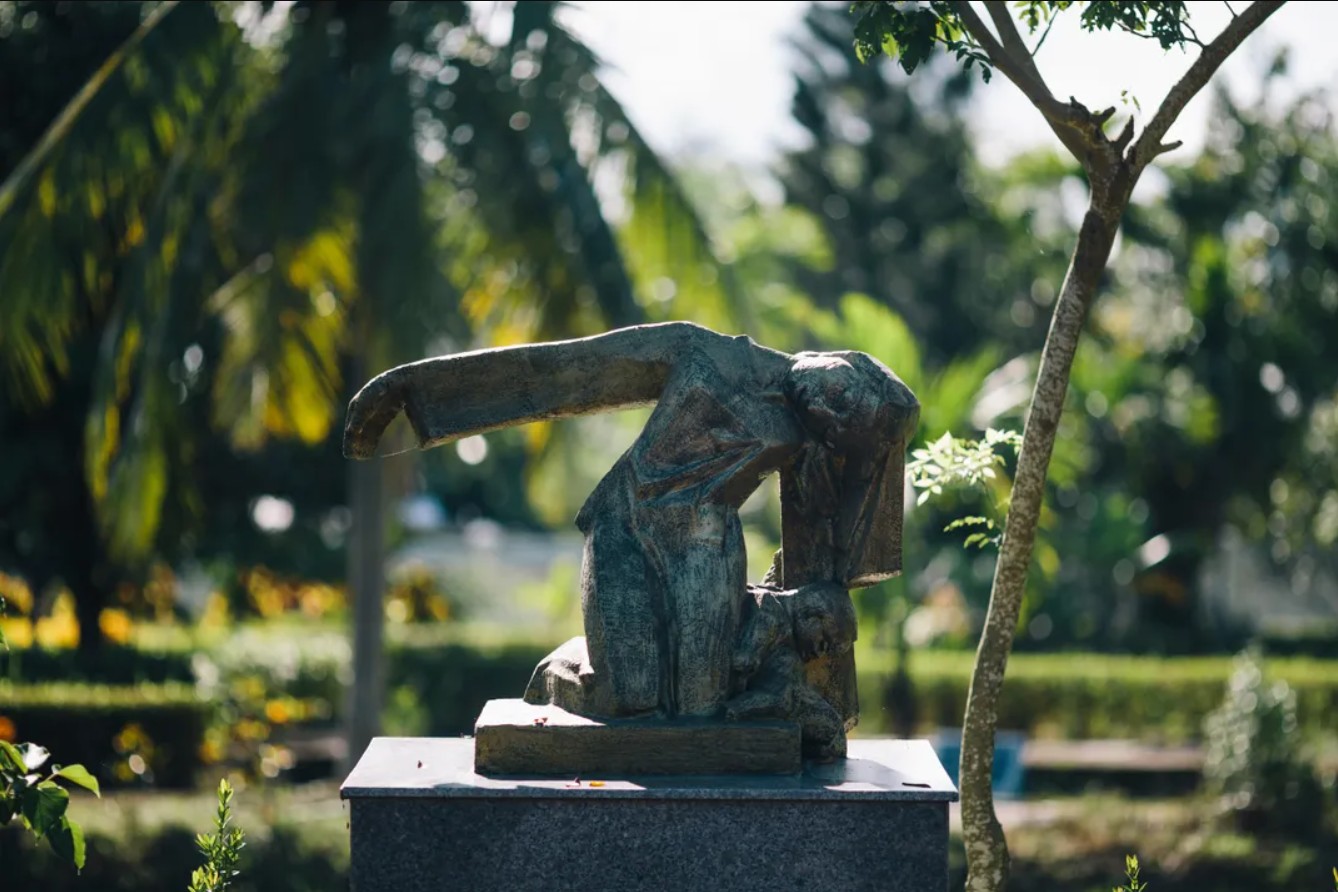
“A small statue at the Son My Vestige Site commemorates the massacre.” Aaron Joel Santos
“I want everyone to remember the pain, the brutality, the blood and bone — the losses. But I also want this village to be known for transformation, for moving from hardship to prosperity.”
-Truong Thi Son, 67, survivor of the My Lai Massacre